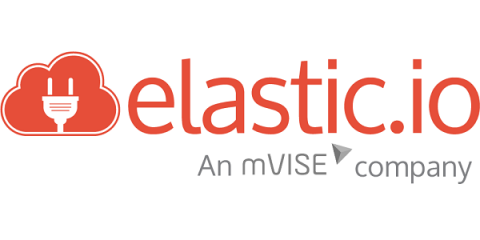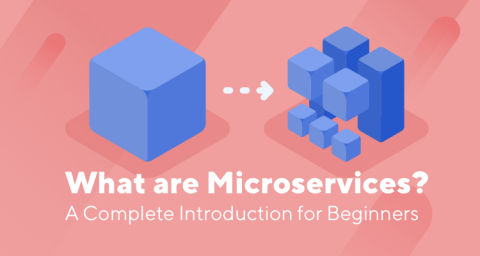Data Integration Best Practices - Separation of environments and log collection
In the previous article of our last chapter of Data Integration Best Practices, we took a look at how to describe integrations in such a way that everybody – from developers to business users – understands the requirements correctly. We also discussed why you eventually might need some type of an integration layer to keep your integration projects under control. In this article, we continue reviewing some tips that revolve around preparing for and running an integration project.










